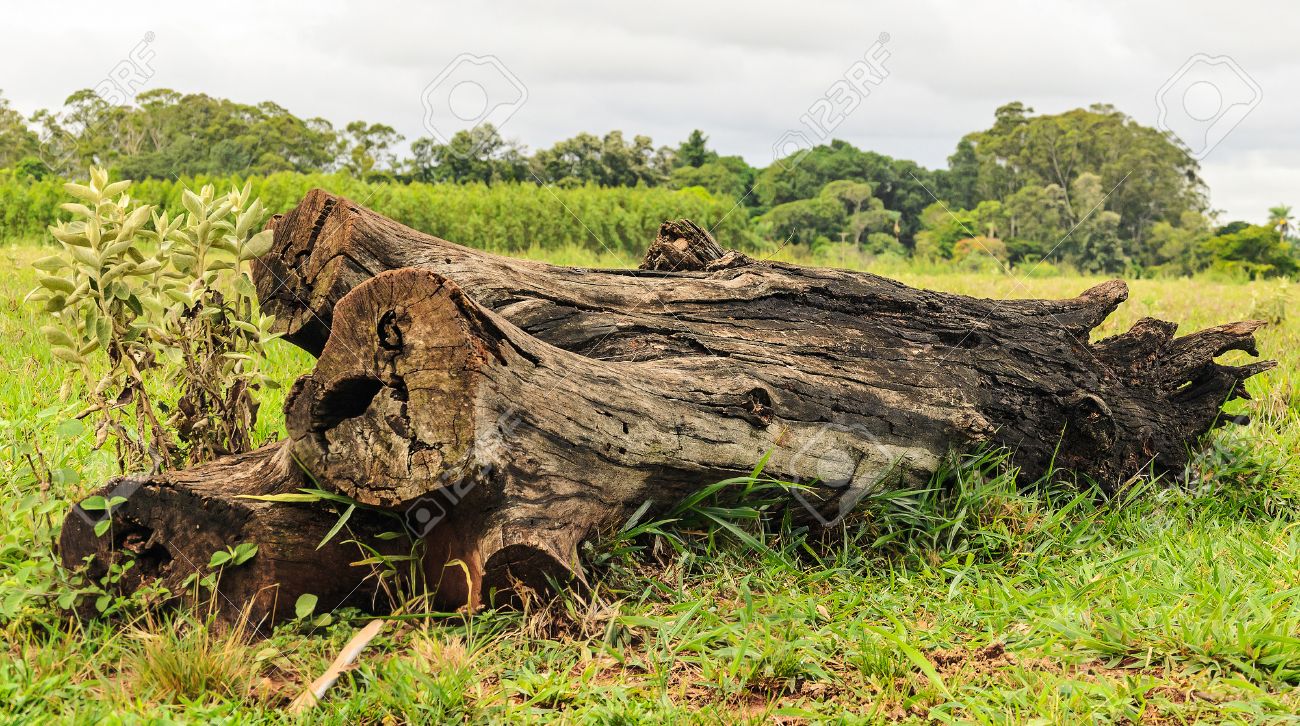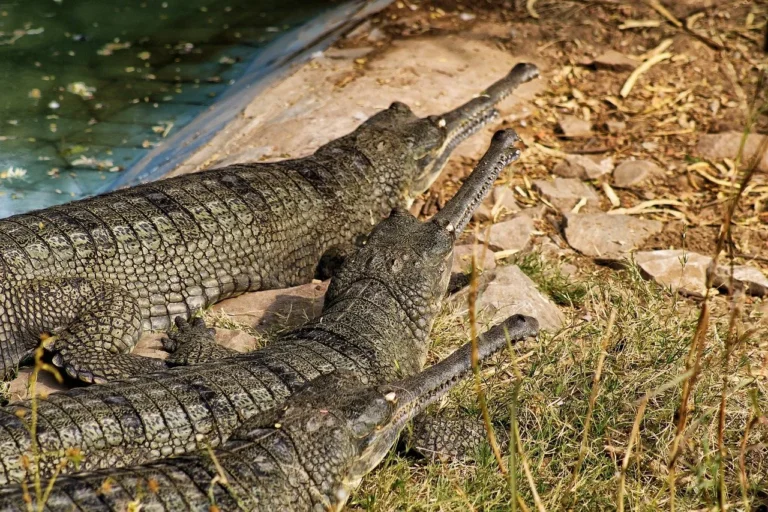Fallen tree trunks, often overlooked and deemed as debris or obstacles in forests and other natural environments, play a crucial role in maintaining ecological balance and biodiversity. These fallen giants contribute to the ecosystem in numerous ways, from providing habitats for various species to enriching the soil. This article explores the importance of fallen tree trunk, their ecological benefits, and their roles in different habitats, while also discussing how they contribute to the beauty and health of natural landscapes.
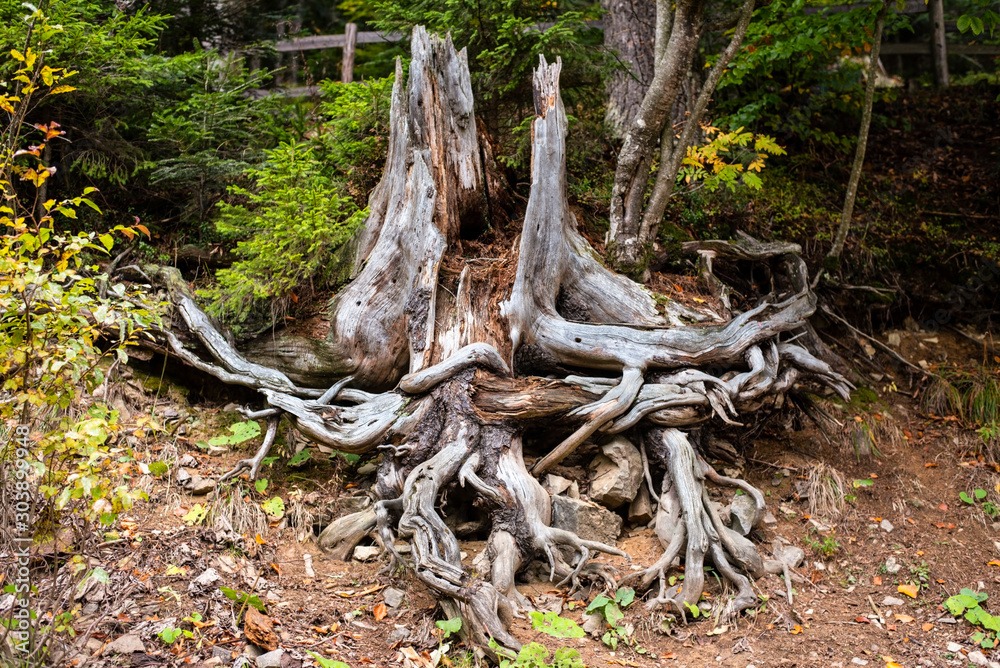
The Ecological Importance of Fallen Tree Trunks
Fallen tree trunks are not merely dead wood; they are dynamic components of forest ecosystems. Their presence significantly influences the structure and function of these environments in various ways:
- Habitat Creation: Fallen tree trunks provide shelter and habitats for a wide range of organisms. Insects, fungi, mosses, lichens, and small mammals often find refuge in the crevices and decaying wood. This biodiversity is essential for the overall health of the ecosystem.
- Nutrient Cycling: As tree trunks decompose, they release nutrients back into the soil, which helps in maintaining soil fertility. This process supports the growth of other plants and trees, promoting a healthy and sustainable forest ecosystem.
- Soil Stabilization: The presence of fallen tree trunks helps stabilize the soil, preventing erosion. Their structure breaks the force of rain and wind, protecting the forest floor and maintaining the integrity of the habitat.
- Water Retention: Decaying wood can absorb and retain water, which helps in maintaining moisture levels in the soil. This is particularly important during dry periods, as it provides a reservoir of water that plants and other organisms can utilize.
Fallen Tree Trunks as Habitats
Fallen tree trunks serve as microhabitats for various species, creating a complex web of life that thrives on and within them:
- Insects and Arthropods: Many insects and arthropods, such as beetles, ants, termites, and spiders, rely on fallen tree trunks for shelter, food, and breeding grounds. These organisms play crucial roles in the decomposition process and the food web.
- Fungi and Decomposers: Fungi are among the primary decomposers of fallen tree trunks. They break down complex organic matter into simpler compounds, releasing nutrients into the soil. This process supports the growth of plants and contributes to soil health.
- Mosses and Lichens: Mosses and lichens often colonize fallen tree trunks, creating unique microhabitats. These organisms contribute to the biodiversity of the forest and provide food and shelter for other small creatures.
- Small Mammals and Birds: Small mammals, such as squirrels and chipmunks, use fallen tree trunks for shelter and as vantage points for foraging. Birds, including woodpeckers and owls, may also nest in cavities within decaying logs.
- Amphibians and Reptiles: The moist, sheltered environment of fallen tree trunks provides ideal conditions for amphibians and reptiles. Species such as salamanders, frogs, and snakes often seek refuge under and around these logs.
The Role of Fallen Tree Trunks in Forest Succession
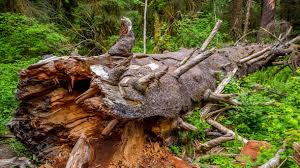
Forest succession is the natural process by which a forest regenerates and evolves over time. Fallen tree trunks play a significant role in this process:
- Seed Bed for New Growth: The decaying wdbos wood of fallen tree trunks provides a nutrient-rich substrate for the germination and growth of seedlings. This is especially important in dense forests where the forest floor may be covered with leaf litter, making it difficult for seeds to reach the soil.
- Canopy Gaps and Light Availability: When large trees fall, they create gaps in the forest canopy. These gaps allow sunlight to reach the forest floor, promoting the growth of understory plants and young trees. This increased light availability can accelerate the process of succession and enhance plant diversity.
- Support for Climbing Plants: Fallen tree trunks can act as support structures for climbing plants and vines. These plants often rely on the physical structure of logs to reach sunlight, contributing to the vertical complexity of the forest.
Fallen Tree Trunks in Aquatic Ecosystems
In addition to their role in terrestrial environments, fallen tree trunks are also important in aquatic ecosystems:
- Habitat for Aquatic Species: In streams, rivers, and lakes, fallen tree trunks create habitats for fish, amphibians, and invertebrates. They provide shelter, breeding grounds, and feeding areas for these species, enhancing aquatic biodiversity.
- Stream Channel Stability: Large logs in stream channels help stabilize the stream bed and banks, reducing erosion. They also create pools and riffles, which increase habitat complexity and support a diverse array of aquatic life.
- Nutrient Input: Decomposing wood in aquatic environments contributes organic matter and nutrients to the water, supporting the growth of algae and other primary producers. This nutrient input is vital for the overall productivity of the ecosystem.
Human Impact and Conservation Efforts
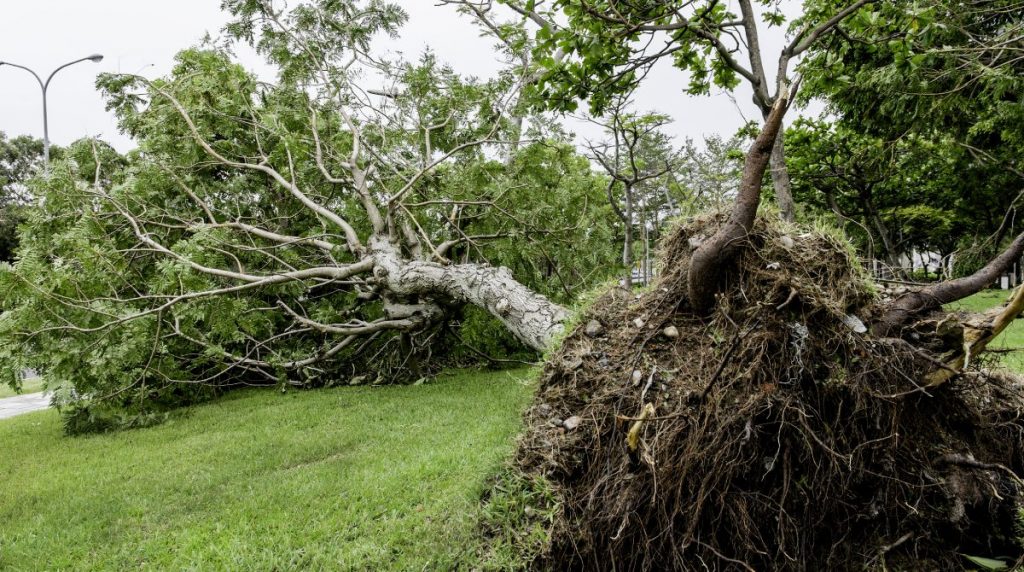
Human activities, such as logging, land development, and forest management, can significantly impact the presence and role of fallen tree trunks in ecosystems. It is important to recognize and mitigate these impacts to preserve the ecological benefits they provide:
- Sustainable Forestry Practices: Implementing sustainable forestry practices that include leaving behind a portion of fallen and dead trees can help maintain habitat complexity and nutrient cycling in managed forests.
- Protected Areas: Establishing protected areas and conservation reserves can ensure that natural processes, including the accumulation of fallen tree trunks, continue without human interference.
- Restoration Projects: Ecological restoration projects often involve placing logs and other woody debris in degraded habitats to restore habitat structure, stabilize soil, and promote biodiversity.
Aesthetic and Recreational Value
Beyond their ecological importance, fallen tree trunks contribute to the aesthetic and recreational value of natural landscapes:
- Natural Beauty: The presence of fallen tree trunks adds to the natural beauty of forests and parks. Their intricate structures, covered with mosses and fungi, create picturesque scenes that appeal to nature enthusiasts and photographers.
- Educational Opportunities: Fallen tree trunks provide excellent opportunities for environmental education. They offer a tangible way to teach about decomposition, nutrient cycling, and the interconnectedness of ecosystems.
- Hiking and Exploration: For hikers and outdoor adventurers, fallen tree trunks add an element of exploration and challenge. Navigating through a forest with fallen logs can enhance the experience of being immersed in nature.
Conclusion
Fallen tree trunks are far more than mere debris in the forest; they are vital components of healthy ecosystems. Their roles in providing habitats, stabilizing soil, enhancing water retention, and supporting forest succession highlight their ecological significance. Additionally, fallen tree trunks contribute to the aesthetic and recreational value of natural landscapes, offering opportunities for education and exploration. Recognizing and preserving the importance of fallen tree trunks is essential for maintaining biodiversity and ecological balance in our forests and other natural environments. Through sustainable practices and conservation efforts, we can ensure that these hidden wonders continue to thrive and support life in countless ways.
Read More Article About “Ramen Vegan: Nikmati Kelezatan Sehat Tanpa Rasa Bersalah“











